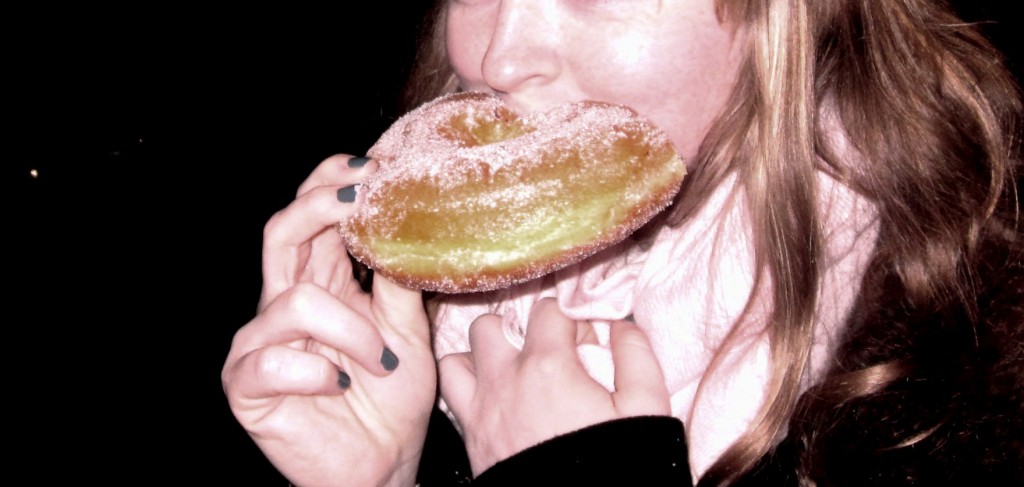Life and death make a serene pair inside the gates of the Mt. Auburn Cemetery, founded in 1831 as “America’s first garden cemetery.” More than 95,000 people are laid to rest across 175 acres of rolling hillsides and worn footpaths, and more than 16,000 different plants are among them, including some oak trees older than the cemetery itself. Notable burials include Isabella Stewart Gardner, Mary Baker Eddy, Henry Wadsworth Longfellow, B. F. Skinner and many more.
But Mt. Auburn is not your typical cemetery. It is open for private functions, meetings and even weddings (yes, weddings). It makes sense, however, given how stunning the Mt. Auburn cemetery is and the awe it inspires.
You could spend an entire day inside this national landmark and still not see everything. Woven between the headstones that range from simple slabs of granite to bona fide works of art, you may see a noble oak, a flowering Dogwood, English ivy, creeping myrtle, or the bright red berries of a Japanese barberry shrub.
The Cemetery’s 44,000 monuments are as diverse as its plant life. For instance, directly facing the breathtaking gothic Bigelow Chapel is a giant Sphinx, a Civil War memorial honoring the Union dead. (The Sphinx was a product of the popular style at the time it was commissioned in 1871). Then there is the white stone Wigglesworth Cradle, marking the grave of Mary Wigglesworth, who died before her second birthday in 1884.
In the very center of the Cemetery is the Washington Tower, and if you climb its winding stairs to the very top, you will have a grand view of the Boston skyline.
Maybe strolling through graveyards is not your thing, but there is no denying that when it comes to Mt. Auburn, there has never been so much life inside a cemetery.

